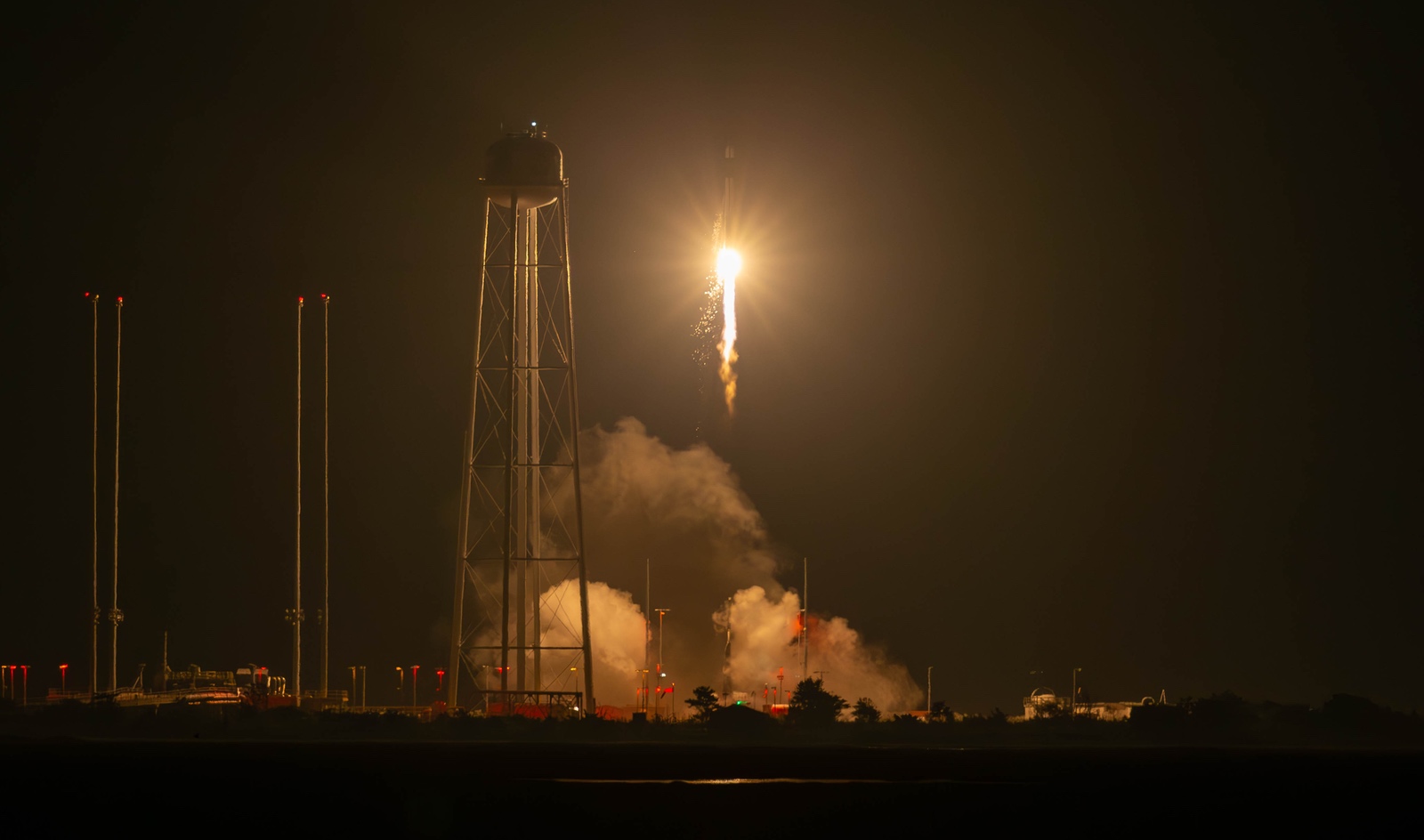Products You May Like
WASHINGTON — Operating under a veil of secrecy pierced only by the ignition of the rocket’s engines, Rocket Lab launched the first suborbital variant of its Electron vehicle June 17.
The vehicle, called Hypersonic Accelerator Suborbital Test Electron (HASTE), lifted off from Launch Complex 2 at the Mid-Atlantic Regional Spaceport on Wallops Island, Virginia, at 9:24 p.m. Eastern. Rocket Lab declared the launch a success in a statement nearly an hour and a half after liftoff.
“100% mission success from tonight’s launch,” Peter Beck, chief executive of Rocket Lab, tweeted after the flight. “A perfect flight of the nation’s newest hypersonic test platform HASTE.”
Rocket Lab did not disclose the payload on HASTE or other details about the flight, including peak altitude and speed. The company did not announce the launch in advance and did not provide a webcast. The only advance notice came from airspace restrictions published by the Federal Aviation Administration as well as a tweet from NASA’s Wallops Flight Facility, which disclosed the launch period for a Rocket Lab launch but said the facility’s visitor center would be closed for public viewing.
That level of secrecy is a far cry from previous orbital Electron launches from both Wallops and Rocket Lab’s Launch Complex 1 in New Zealand, which were publicized well in advance. Even missions for U.S. national security customers, such as the National Reconnaissance Office, were announced in advance and broadcast.
Rocket Lab announced HASTE in April, making only minor modifications to the standard Electron, such as strengthened structures. The vehicle is designed to accommodate payloads of up to 700 kilograms for suborbital tests.
Beck, in an interview just after the company announced HASTE, said he expected strong demand from the Defense Department for hypersonics testing and targets. “We can get exact trajectories at a cost and frequency but also an accuracy that’s never been available before,” he claimed.
Because HASTE is similar to the standard Electron, Rocket Lab says it can get greater economies of scale for the vehicle. “The more vehicles we put through the factory, the cheaper they get,” Beck said in April.
Rocket Lab plans to launch HASTE exclusively from Wallops. “Wallops, at its core, is a test and research range perfectly suited for these sorts of missions,” David Pierce, director of NASA’s Wallops Flight Facility, said in a post-launch statement.
In a May 9 earnings call, Rocket Lab projected 15 Electron launches overall in 2023, a figure that includes both orbital and HASTE missions. The company did not disclose the split between the two. This was the sixth Electron launch this year.
